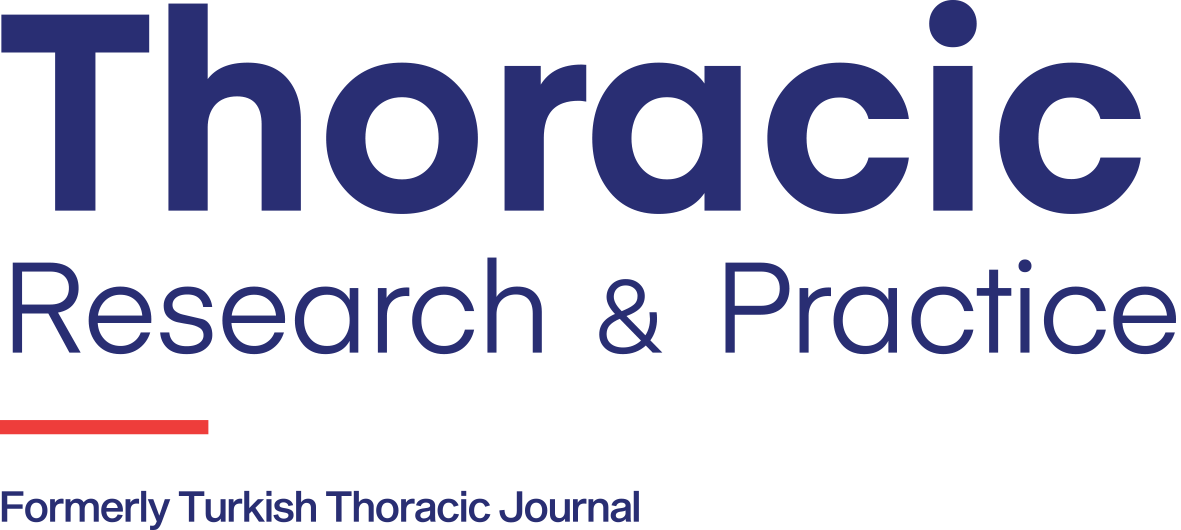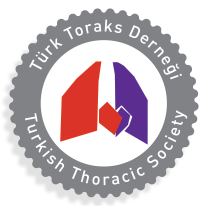Abstract
Objectives:
Emerging evidence has indicated that proteins of a disintergrin and metalloprotease (ADAM) family contribute to cancer progression and metastasis. One member of this family, ADAM15, has been shown to be upregulated in multiple cancers, including gastric, lung, breast, and prostate cancers, and the enzymatic activities of its extracellular metalloprotrease domain promote breast cancer proliferation and migration through mediating ErbB signaling pathway. The patients with ADAM15 high-expressing lung tumors have shorter survival time and enzymatic activity of ADAM15 extracellular domain activates MMP-9 and promotes NSCLC migration and invasion. ADAM15 has 6 isoform. The logest ADAM15 i6 has most SH3 binding domain.
Methods:
We evaluated invasion and migration ability of lung cancer cells by transwell assay and wound healing assay respectively.
Results:
In this study, we explored the roles of ADAM15 cytosolic domain in NSCLC invasion and migration. Compare to ADAM15 i1-overexpressed CL1-0, overexpression of ADAM15 i6 promoted CL1-0 cell invasion and migration according to the transwell assay and wound healing assay.
Conclusion:
Thus, we suggest SH3 may involve in ADAM15-mediated NSCLC tumor progression, which will shed light on the molecular mechanisms of ADAM proteins, and facilitate development of novel therapy in NSCLC.



